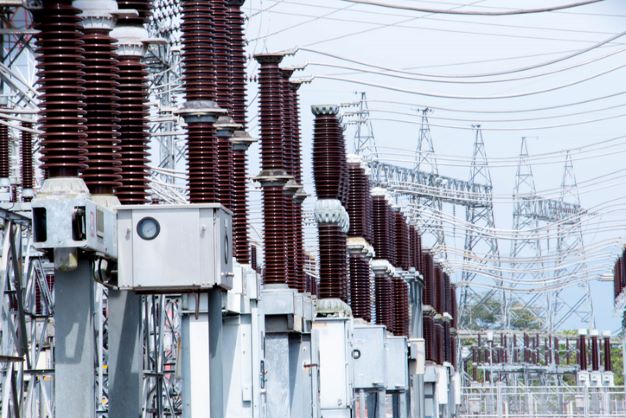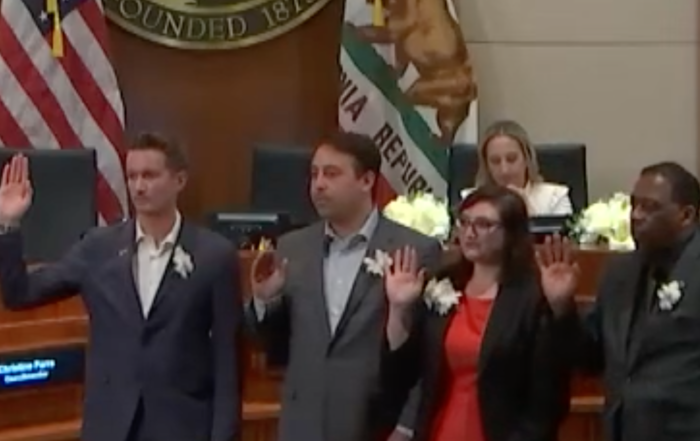Last week, the California Public Utilities Commission (CPUC) finalized a decision they had been working on for some time. That decision will slash the state’s Net Energy Metering (NEM) tariff paid to residential solar power users who have for years been rewarded by selling any excess solar power (beyond what is needed to power their own homes) back to the electric grid to help power other parts of the state.
The NEM program has proven to be a difference-making incentive for tens of thousands of Californians weighing whether to add rooftop solar to their homes. Why would the CPUC do this? After all, California has some of the most ambitious climate goals in the world. Don’t we need to keep NEM to remain on track to meet those goals? The answer is yes. But, as environmental leader Terry O’Day explained, as people reduce their reliance on the Electric Grid, the Grid becomes more expensive per ratepayer.
We hadn’t thought about this before, but it makes perfect sense. The Utilities were going to make their money, even as they were dishing it out to solar-powered ratepayers through NEM. So who makes up the difference? Ratepayers that do NOT have solar – those who can’t afford it and those in no decision-making position to secure solar power, including millions of renters who live at the whims of what their landlords choose to invest in. So, there certainly is an economic justice argument for making rates among all ratepayers more equitable.
As the CPUC says in its final Rate-setting Decision, “As multiple parties have acknowledged, the net energy metering program has assisted the State in meeting its energy and climate goals. However, because the Commission is mandated to create a tariff that adheres to the entire statute — including equity concerns — the growth of the market should not come at the undue and burdensome financial expense of nonparticipant ratepayers. Allowing the net energy metering tariff to result in growing costs shifted to nonparticipant ratepayers is not sustainable to the overall health of net energy metering.”
Only, according to San Francisco-based The Utility Reform Network (TURN), the CPUC didn’t fully shift rates back to being in enough balance among all income levels. Dr. Mark Toney, TURN’s Executive Director, said, “While today’s decision represents a small step in the right direction, TURN is disappointed that the CPUC’s decision fails to significantly reduce the rapidly growing portion of retail rates that all customers pay to subsidize participation in the Net Metering program. These costs will instead be disproportionately borne by the 45 percent of Californians, and two-thirds of low-income customers, who rent their homes, cannot install solar, and will be left to pick up the tab.”
Further, the move by CPUC did nothing to help lower-income neighborhoods or businesses acquire and benefit from solar. So sure, slashing incentives sets a course for making rates more equitable, but it’s a pretty convenient excuse the powerful utilities get to hide behind when really, they just wanted to stop losing as much money to ratepayers who were selling excess solar back to the Electric Grid.
And keep the following in mind – according to the organization Environment California:
- California has committed to achieving 60 percent renewable electricity by 2030 and 100 percent clean, zero-carbon electricity by 2045
- Modeling conducted for the state of California assumes that to meet those goals, California will need to continue to add nearly as much rooftop solar as we currently do, every year through 2045
Under the current decision, that’s simply not going to happen. Environment California also warns of a “solar cliff” that will unfold with such huge cuts to NEM. This actually happened in Nevada. They dramatically cut their NEM tariff several years ago, and new solar installations dropped off so precipitously that they had to reverse their decision the following year.
The CPUC does refer multiple times in its lengthy decision to a “successor tariff,” but is there a timeline or self-imposed deadline to create a new incentive program? If not, we believe the legislature should impose one on them. And included in what comes next must be incentive programs that will get solar into lower-income neighborhoods, on multi-family apartment buildings, and favor persons of color to benefit where they have been left behind. Only then can the likes of Edison, SDG&E, and PG&E honestly talk about equity and inclusion.
We believe the CPUC and the utilities it regulates owe us answers soon and a way forward that will keep California on track to meet its equity ambitions while also advancing our state’s ambitious climate goals.
Photo by moommama
Stay informed. Sign up for The Westside Voice Newsletter
By clicking submit, you agree to share your email address with Westside Voice. We do not sell or share your information with anyone.








